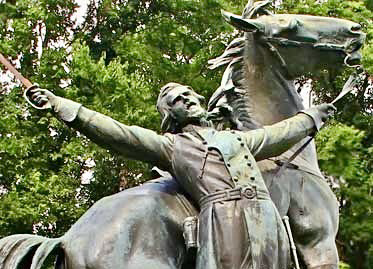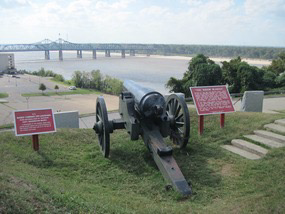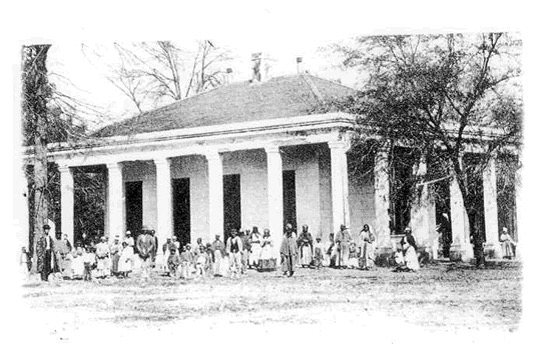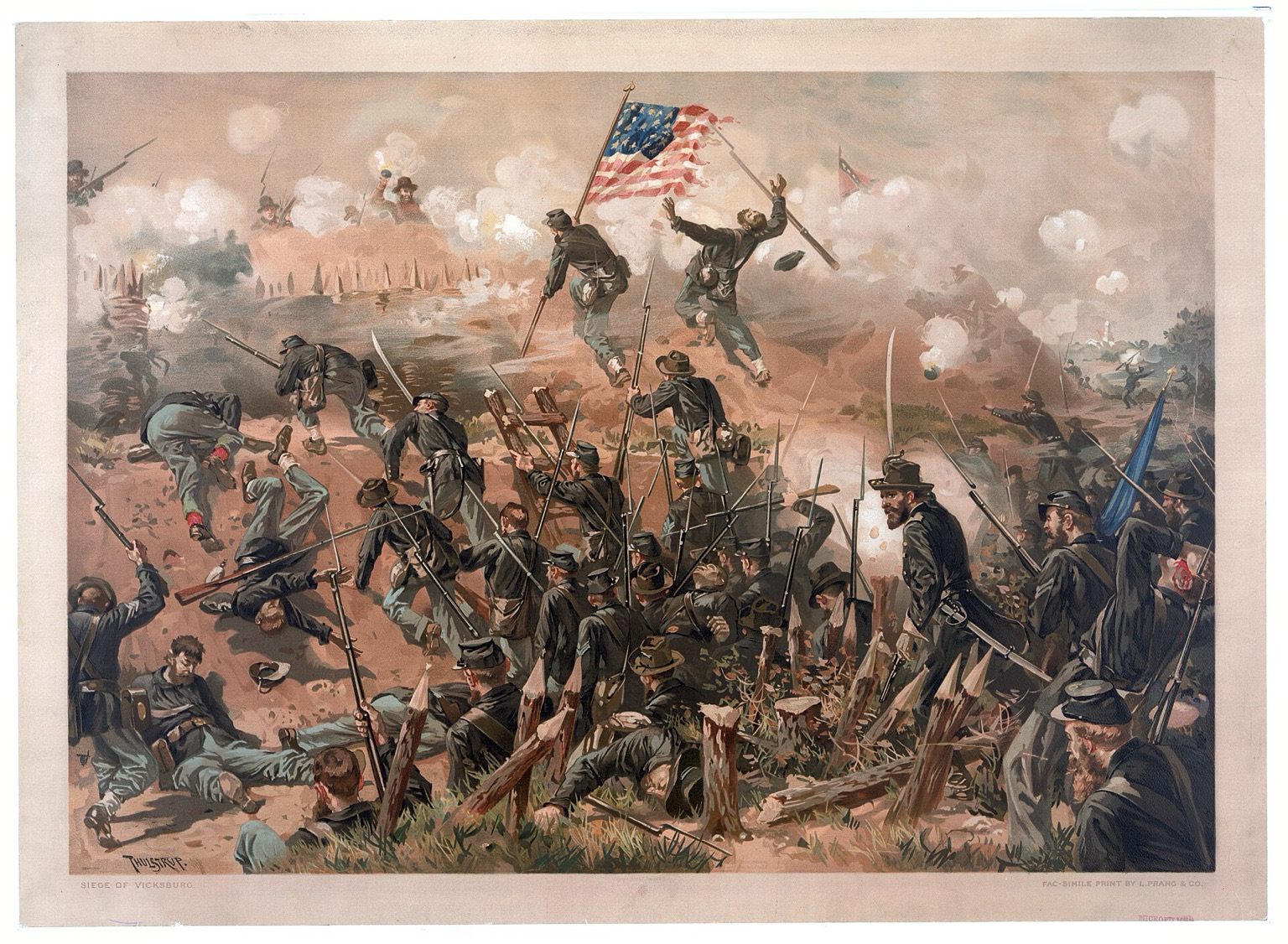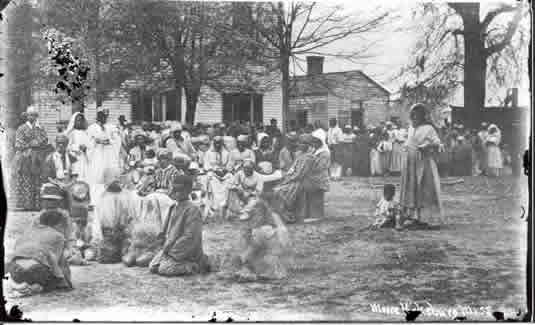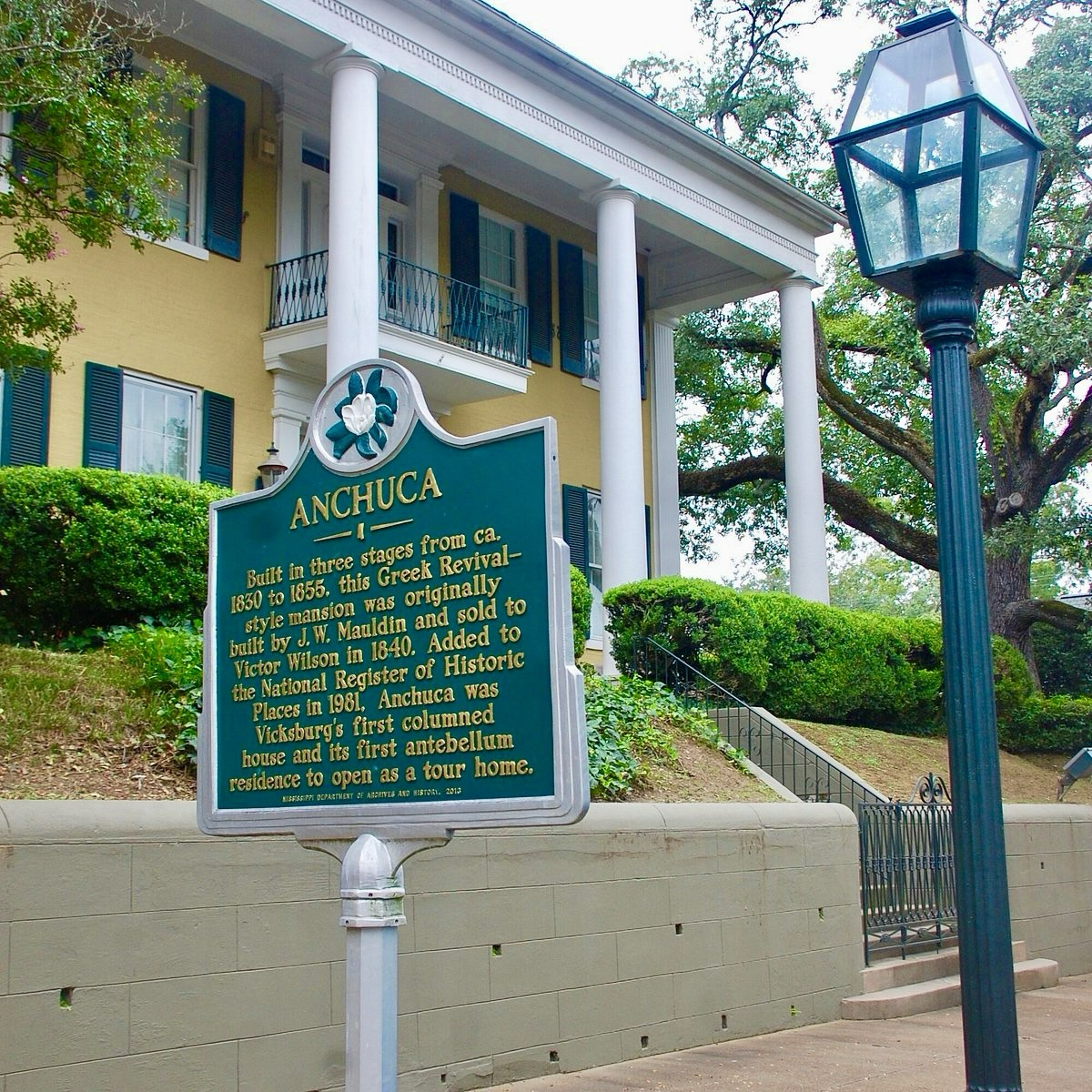The myth of “shared suffering” in Vicksburg turned history into faith—and faith into amnesia---for although the first war ended in 1865; the second one still shapes how Southerners see suffering, loss, freedom, sacrifice—and the redemptive struggle for truth.
1/20
Image: Confederate General Lloyd Tilghman dies with flair. Monument at Vicksburg National Military Park, Vicksburg, MS. Source: RoadsideAmerica.
#history #Histodons #CivilWar #Mississippi #BlackMastodon #Photography #BlackAndWhite
Post
In the schools of Vicksburg Mississippi for much of the last century, history hung like scripture. Chalk dust on the window sills, the clank of radiators, and a portrait of Robert E. Lee gazing nobly ahead. Beneath him: “The South Shall Rise Again.” In that room, history wasn’t studied. It was staged.
2/20
Image: Memorial markers overlooking the siege battlefield toward the Mississippi River. Vicksburg Mississippi.
Children there learned the story of the siege of Vicksburg—not as war or liberation, but as faith. They were told that even the enslaved prayed for their masters’ deliverance. It wasn’t rumor, but “heritage.”
3/20
Image: Enslaved people standing outside Hurricane Garden Cottage at Davis Bend, Joseph Davis' plantation. Photograph from the J. Mack Moore Collection, Old Court House Museum, Vicksburg, MS.
The message was clear: slavery had been unfortunate, yes—but affectionate, orderly, even mutual. That was the catechism. What they learned was not history. It was amnesia.
4/20
Image: Siege of Vicksburg - Assault on Fort Hill, fighting between Union and Confederate forces on June 25th, 1863, at the 3rd Louisiana Redan, known as Fort Hill during the siege of Vicksburg. Artist: Thure de Thulstrup.
The myth of “shared suffering” became a Southern gospel—the Lost Cause rewritten for classrooms. In Vicksburg, it carried weight. The city starved for 47 days in 1863, fell on July 4th, and didn’t celebrate the day again for nearly a century.
5/20
Image: Slave wedding at Hurricane Plantation. Photograph from the J. Mack Moore Collection, Old Court House Museum, Vicksburg, MS.
White Vicksburg remembered defeat not as the fall of a slaveholding citadel but as purification. The siege became sanctification. Suffering became virtue. Defeat became proof of grace.
6/20
Image: Exterior of the Vicksburg home of Joseph Davis, brother of Jefferson Davis, who gave his last public address on this balcony. Source: TripAdvisor
bonfire.cafe
A space for Bonfire maintainers and contributors to communicate
